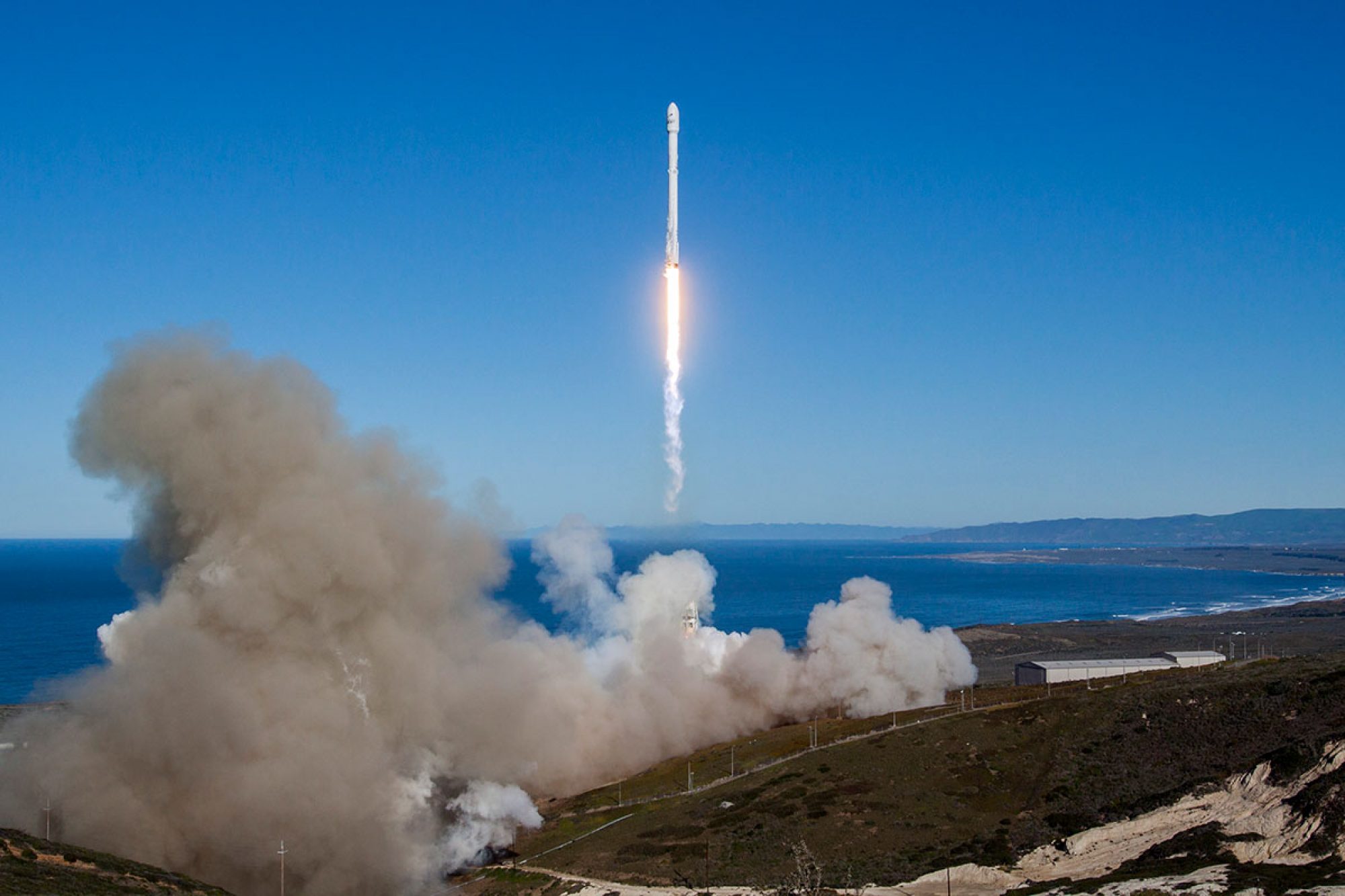Issue #10

Image credit: SpaceX
SpaceX successfully returned to flight this weekend with the launch of Iridium-1. It was a beautiful launch out of a fog-free Vandenberg Air Force Base, which made for incredible views for the entire duration of the flight. The first stage landing on Just Read the Instructions couldn’t have been gentler or more dead center—they keep getting better with each recovery.
The most interesting part of the launch, though, was the change in fueling procedures, and how those changes may affect future launches. Looking at the published timelines in the press kits for Iridium-1 and JCSAT-16, you can see how much earlier propellant loading started. For JCSAT-16, the press kit states that RP-1 and LOX were loaded 35 minutes before liftoff. For Iridium-1, RP-1 and LOX loading was set to begin 70 and 45 minutes before liftoff, respectively, though it actually began at T-75.
During the webcast, John Insprucker mentioned that the propellant loading was paused before the first and second stages were fully-loaded to allow for loading of helium. Then, just before launch, the tanks were topped off.
Since we have little insight into SpaceX’s exact procedures, it’s unclear exactly how the changes affected performance. The first option is that longer loading times made for warmer, less dense propellant. If that is the case, it would mean that SpaceX decided to trade performance margins for a more careful loading procedure.
If, however, they figured out how to change their procedures to avoid Amos-6-type incidents while still maximizing performance (by way of propellant densification), we’ll know on the very next launch, EchoStar-23. The satellite is based on the SSL-1300 bus, which is approximately 5,500 kilograms. From what we’ve seen on past Falcon 9 launches, 5,500 kilograms is just about the high end in terms of payload mass for a launch with ASDS recovery.
If we see SpaceX use the longer loading procedure and they’re still able to make an ASDS recovery, we’ll know that the longer procedures do not meaningfully impact performance. This is really important to watch, because propellant loading is one of many things that SpaceX needs to prove this year. There’s clearly a split within NASA on how fueling should be carried out for crewed flights, and that needs to get sorted out before anyone boards a Dragon 2.
For now, the year is off to a strong start for SpaceX, and they need it. Other than reliability and a good launch cadence, their 2017 to-do list includes reflying a first stage (the payload for that is on its way to the Cape), a Falcon Heavy flight, and a Dragon 2 demo mission. This will be a pivotal year for SpaceX, and I can’t wait for what’s ahead.
Thank you!
Thanks for reading the tenth issue of Main Engine Cut Off Weekly. Each week, I bring you what I find interesting and important in spaceflight, and you can get it however you like best—blog, podcast, or this here column. If you like what I’m doing, I’d really appreciate your support. Head over to Patreon and become a patron for as little as $1 per month. Everything I do is supported entirely by readers and listeners like you, and every little bit of support helps. Big thanks to those of you out there supporting!
If you’d rather help support another way, I’d love for you to help spread the word—tell a friend about Main Engine Cut Off, tweet a link, or submit something interesting I’m writing or saying to your favorite subreddit.
Thanks for reading, and I’ll talk to you next week.
— Anthony
 Main Engine Cut Off
Main Engine Cut Off